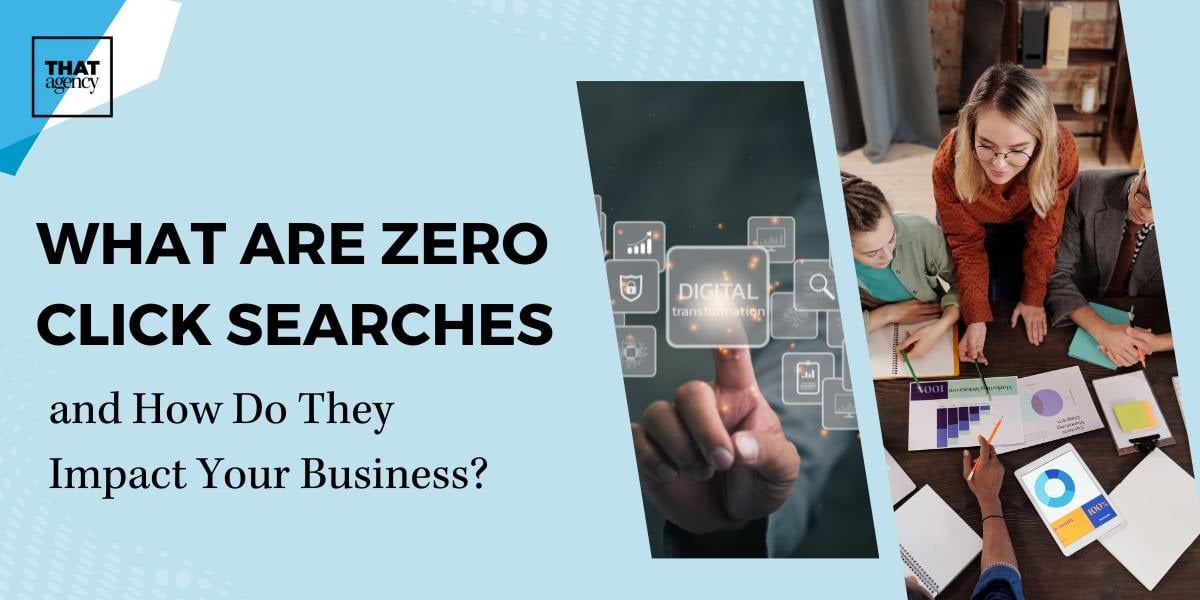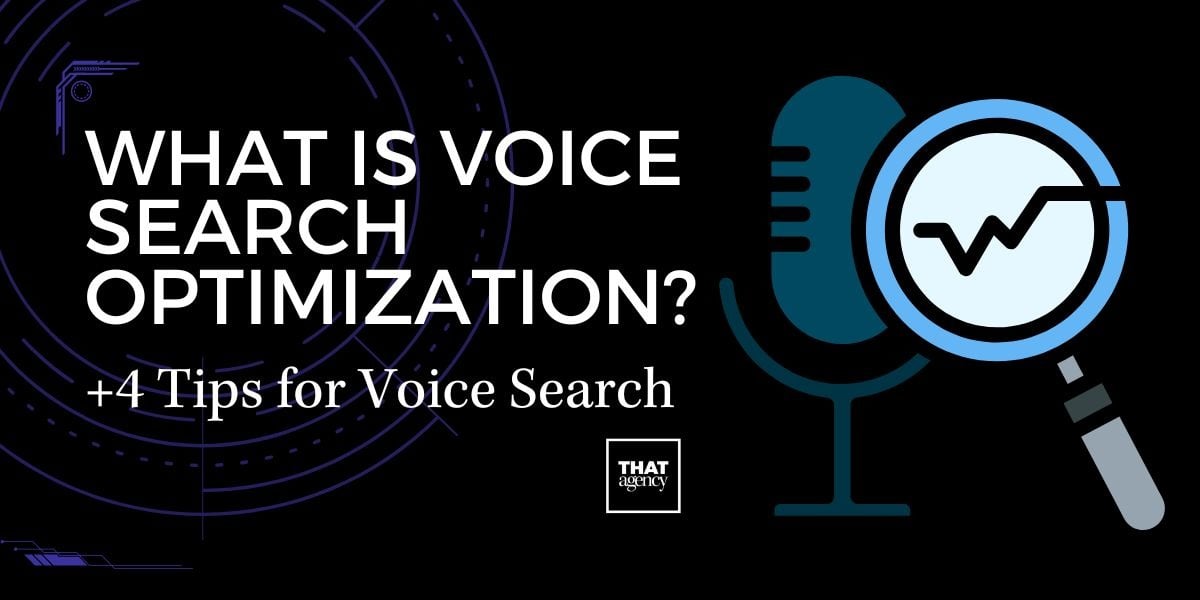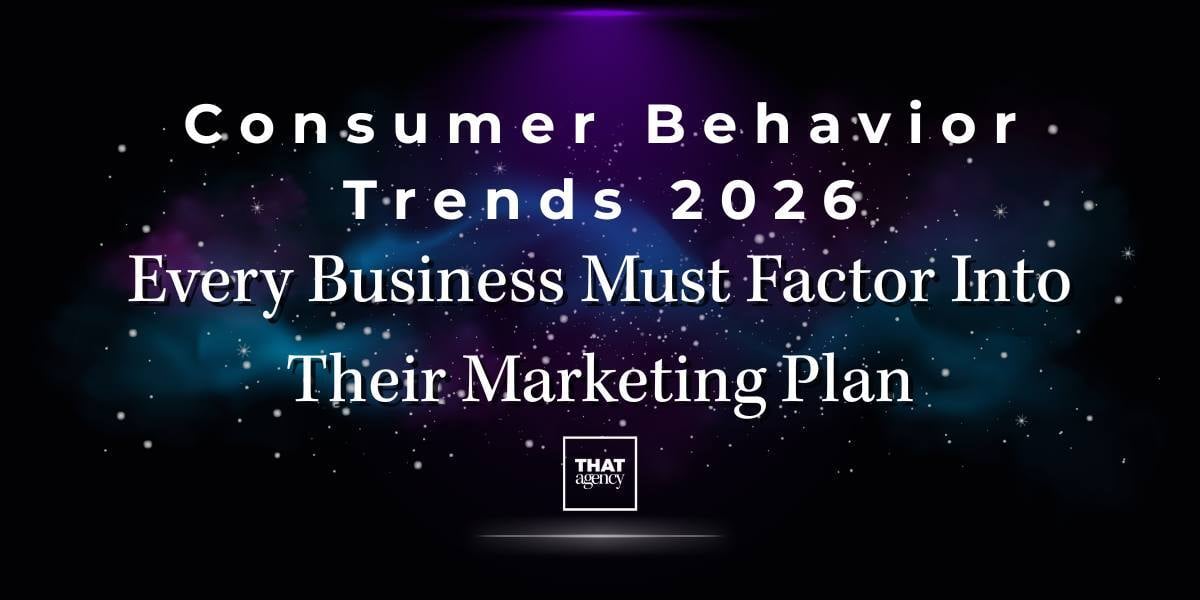If you’re looking to grow your business online, pay-per-click campaigns (also known as PPC) can help you get in front of the right people—fast. Whether you're trying to boost sales, get more leads, or just bring more eyes to your website, PPC is one of the most effective ways to make it happen.

But launching a high-performing campaign isn’t just about throwing some keywords into Google Ads and hoping for the best. You need a plan—and that’s what this guide is all about. We’ll walk you through each step of the process so you can feel confident launching PPC campaigns that actually work.
What Are Pay-Per-Click Campaigns?
Let’s break it down. Pay-per-click campaigns, often called PPC, are a type of digital advertising where you only pay when someone actually clicks on your ad. That’s where the name comes from—pay per click. It’s different from other types of advertising where you pay just to have your ad seen, even if no one interacts with it.
PPC ads usually show up on search engines like Google or Bing. You’ve probably seen them before—those ads that appear right at the top of the search results when you Google something. If you’re running a PPC campaign, your ad could show up when someone types in a word or phrase (called a keyword) that’s related to your business.
Here’s a quick example:
Let’s say you own a car dealership in Florida. If someone types “new BMW near me” into Google, your ad could pop up at the top of the page—right above the regular search results. If that person clicks on your ad, they’re taken to your website, and you are charged for that click. If they don’t click, you don’t pay.
That’s the beauty of PPC. You’re only paying for results, not just for exposure.
Why Is PPC So Popular?
Businesses love PPC because it works fast and can bring in leads quickly. Unlike search engine optimization (SEO), which can take months to improve your rankings, a well-run PPC campaign can start bringing in traffic the same day it launches.
Here are a few reasons why so many businesses use pay-per-click campaigns:
- Instant visibility: Your ad shows up at the top of search results, even if your website doesn’t rank there yet.
- You control your budget: You can set daily or monthly limits, so you never spend more than you’re comfortable with.
- Targeted audience: You get to choose exactly who sees your ad based on things like location, search terms, device, and even the time of day.
- Trackable results: You can see how many clicks you’re getting, how much each click costs, and how many of those clicks turn into leads or customers.
How Does PPC Actually Work?
If you’re wondering how your ad gets chosen to appear at the top of search results, here’s a simple version of what happens.
- You choose keywords that you want your ad to show up for. These should be terms your customers are likely to search for.
- You create the ad with a headline, a short description, and a link to your landing page (a specific page on your website).
- You set your budget and decide how much you’re willing to pay for a click.
- Google or Bing runs an “auction” every time someone searches. Your ad is competing against others based on your bid amount and the quality of your ad.
- If your ad wins the auction, it gets shown. If someone clicks, you’re charged—and ideally, that person becomes a customer.
So yes, there’s a little competition involved, but it’s not just about who spends the most money. Search engines also look at how relevant and useful your ad is. That means even small businesses with smart strategies can compete with big brands.
What Kind of Businesses Should Use PPC?
The short answer? Almost any business can benefit from PPC if it’s done right. Whether you’re a local service provider, an e-commerce store, or a national brand, PPC can help you reach the right people.
Here are some examples:
- Local businesses (like dentists, plumbers, or moving companies) can run PPC ads targeting people in their area.
- Online stores can advertise specific products and drive buyers straight to their shop.
- B2B companies can use PPC to generate leads by offering free consultations or downloadable resources.
- Startups can use PPC to get attention quickly while they build their organic presence.
If your audience is searching online for the products or services you offer, PPC is worth considering.
Is PPC Expensive?
This is a question we hear all the time: Is PPC going to cost me a lot of money? The honest answer is—it depends.
The cost of a PPC campaign can vary depending on:
- How competitive your industry is
- Which keywords you’re targeting
- How much traffic you want to get
- The quality of your ads and landing pages
Some industries, like insurance or legal services, have higher costs per click because the value of a lead is so high. But many other industries can run successful campaigns on smaller budgets, especially when the strategy is strong.
The good news is that PPC is flexible. You can start small, test what works, and increase your budget once you see results. It’s all about getting a good return on your investment (ROI).
What Makes a PPC Campaign Successful?
While PPC sounds pretty simple on the surface—set a budget, choose keywords, write an ad—the best results come from thoughtful planning and regular updates.
Here’s what separates high-performing PPC campaigns from the rest:
- Clear goals (like getting calls, form fills, or sales)
- Smart keyword choices that match what your audience is actually searching for
- Strong ad copy that makes people want to click
- Landing pages that are built to convert, not just inform
- Ongoing optimization to improve your results over time
If you launch a PPC campaign and just let it sit, chances are it won’t perform as well as it could. The most successful campaigns are the ones that are tracked, tested, and improved regularly.
Pay-per-click campaigns are one of the most powerful tools available in digital marketing today. They give you the ability to reach your ideal customers exactly when they’re looking for what you offer—and only charge you when someone clicks.
Whether you're a small business trying to get noticed or a larger company looking to scale up, PPC can help you hit your goals faster. But to truly get the most out of your investment, you need more than just ads—you need a plan, a process, and a partner who knows what they’re doing.
That’s where THAT Agency comes in.
If you're ready to build a PPC campaign that drives real results, check out our PPC services or contact us today to get started. We’re here to help you turn clicks into customers.

Step 1: Know Your Goals
Before you even open Google Ads or start thinking about keywords, it’s important to pause and ask yourself one big question:
What do I want this campaign to accomplish?
Having a clear goal gives your campaign direction. It helps you decide what kind of ad to run, who to target, what kind of landing page to create, and how to measure success.
Here are some common goals that businesses use pay per click campaigns to achieve:
- Get more people to visit your website: Maybe you’ve launched a new product or service and just want more traffic. This goal is great if you want to build brand awareness or introduce your business to a wider audience.
- Get people to sign up for something: This could be a newsletter, a free trial, or a downloadable guide. If your business relies on leads or nurturing relationships, this goal helps grow your contact list.
- Increase online sales: If you run an e-commerce store or sell products online, you can create PPC ads that send shoppers straight to your product pages.
- Drive phone calls or store visits: Local businesses often use PPC to encourage people to call, make an appointment, or visit in person.
Why do goals matter so much?
Because your goal affects every other decision you make.
For example, if your goal is to get leads, you’ll need a landing page with a form. But if your goal is online sales, your landing page should lead people straight to a product with an easy checkout. If you're not clear on your goal, your campaign might get clicks, but those clicks won’t turn into real results.
Step 2: Do Smart Keyword Research
Once you know your goal, the next step is figuring out what your audience is searching for online. That’s where keyword research comes in.
What are keywords?
Keywords are the words or phrases people type into search engines when they’re looking for something. These could be as simple as “Italian restaurant near me” or as specific as “buy waterproof hiking boots size 10.”
When you run a PPC campaign, you choose the keywords you want your ads to show up for. So picking the right ones is super important.
How do I find the right keywords?
There are free and paid tools that can help you with keyword research. A few popular ones are:
Start by thinking about what your customers would search for. Then use these tools to check how many people are searching those terms each month—and how competitive those terms are.
What should I look for in a keyword?
Here are a few things to consider:
- Search volume: This tells you how many people are searching that term each month. Higher volume usually means more traffic.
- Competition level: Some keywords are super competitive and expensive. Try to find keywords that have decent volume but aren’t so popular that you blow your budget.
- Search intent: This is a big one. Ask yourself: What is the person trying to do when they search this?
Let’s look at two examples:
- “Kitchen cabinet ideas” – This person is probably just browsing and not ready to buy.
- “Buy custom kitchen cabinets” – This person is likely ready to make a purchase soon.
Choosing the second keyword would probably bring you better results—especially if your goal is sales or leads.
Step 3: Write Ads That Grab Attention
Now that you’ve chosen your keywords, it’s time to create ads that speak to the people searching for them. Your ad is often the first impression someone will get of your business—so it needs to make an impact.
What makes a good PPC ad?
A great PPC ad should:
- Speak directly to the customer’s needs: Think about what they’re looking for and how your product or service solves their problem.
- Highlight what makes you different: What sets you apart from the competition? Do you offer free shipping, same-day appointments, or a satisfaction guarantee?
- Include a clear call to action (CTA): Tell people what to do next—like “Get a Free Quote,” “Call Now,” or “Shop Today.”
Here’s a simple example:
Headline: “Custom PPC Campaigns That Drive Results”
Description: “Boost traffic and sales with smart strategies from THAT Agency. Let’s grow your business together.”
This ad tells you what the service is, how it helps you, and what you should do next.
What are ad extensions?
Ad extensions let you add more information to your ad—like your phone number, links to other pages on your site, or a special promotion. They make your ad bigger and more helpful, which can increase the chances of someone clicking.
Use them to give your audience more ways to engage with your business right from the search results page.
Step 4: Create a Landing Page That Converts
Your ad got someone to click—that’s a win! But now it’s time to keep their attention and guide them toward taking action. That’s the job of your landing page.
What is a landing page?
A landing page is the webpage someone sees after they click your ad. It’s different from your homepage or regular service pages because it’s designed for one specific purpose, like getting someone to fill out a form, make a purchase, or call your business.
What makes a good landing page?
A strong landing page should:
- Match your ad: If your ad promises “Free Roof Inspections in Miami,” your landing page should say the same thing. Don’t confuse people by sending them to a general page about your company.
- Have one clear goal: Don’t add extra links, menus, or distractions. Focus on one action—whether that’s filling out a form, calling you, or making a purchase.
- Load quickly and look great on mobile: Most people are on their phones. If your page is slow or hard to use, they’ll leave before you can make your pitch.
- Build trust: Add customer testimonials, ratings, certifications, or guarantees. These small touches can make a big difference in whether someone feels comfortable taking the next step.
Should I send people to my homepage?
Not usually. Your homepage has too much going on—it’s meant to introduce your brand, not close the deal. A focused landing page gives people exactly what they’re looking for and makes it easier for them to take action.
Step 5: Organize Your Campaigns the Right Way
If you want your pay per click campaigns to run smoothly and get the best possible results, you’ve got to stay organized. Good campaign structure isn’t just helpful for you—it also helps Google understand your ads better, which can actually lower your costs and improve your ad placement.
Why does campaign structure matter?
When your campaigns are organized, it becomes easier to:
- Track which ads are performing well
- Make smart changes without guessing
- Keep your budget focused on what’s working
- Show more relevant ads to your audience (which improves your Quality Score in Google Ads)
Think of it like organizing a closet. If everything is thrown into one big pile, it’s hard to find what you need. But when everything is grouped neatly—shirts here, shoes there—it’s way easier to keep things clean and make smart decisions.
Here’s how to organize your PPC campaigns:
- Group similar keywords together into ad groups
Each ad group should focus on a specific theme or product. For example, if you’re a home remodeling company, you might have one ad group for “kitchen renovations” and another for “bathroom upgrades.” That way, your ads and landing pages can match each search more closely.
- Use separate campaigns for different goals or services
Running ads for different services? Separate them into their own campaigns. This gives you more control over budgets, targeting, and bidding strategies. It also keeps your reporting clear.
- Add negative keywords
Negative keywords are search terms you don’t want your ads to show up for. For example, if you’re selling luxury watches, you might add “cheap” or “free” as negative keywords to avoid attracting the wrong audience. This saves money and improves your ad quality.
- Monitor performance regularly
By keeping your campaigns organized, you can quickly see which keywords, ads, or ad groups are driving results—and which ones need improvement. This also helps you shift your budget toward what’s actually working.
In short, smart structure leads to smarter spending and better results.
Step 6: Choose a Smart Bidding Strategy
Once your campaign is set up and organized, it’s time to decide how much you’re willing to pay when someone clicks on your ad. This is where bidding strategies come in.
What is bidding in PPC?
Bidding is the amount of money you're willing to pay for a click on your ad. But in Google Ads, it’s not always the highest bid that wins. Google also looks at how relevant and useful your ad is (known as your Quality Score). Still, your bid plays a big role in whether or not your ad shows up—and where.
Manual vs. automated bidding
There are two main types of bidding:
- Manual bidding: You set the bid yourself. You have full control, but it takes more time to manage and tweak.
- Automated bidding: Google adjusts your bids for you based on your goals. It saves time and can help improve performance, especially if you’re just getting started.
Popular bidding strategies to consider:
- Maximize Clicks
This automated option helps you get as many clicks as possible for your budget. It’s great if your goal is to drive traffic to your website.
- Target CPA (Cost Per Action)
This strategy focuses on keeping your cost per lead or sale at a certain amount. You set your target CPA, and Google aims to bring in conversions that meet it.
- Target ROAS (Return on Ad Spend)
Perfect for e-commerce businesses. This strategy helps you get a specific return for every dollar spent. You tell Google your target return, and it bids accordingly.
- Manual CPC (Cost Per Click)
You control your max bid for each keyword. This gives you more control but requires more hands-on time and monitoring.
Which strategy should you choose?
It depends on your goals and how much time you can spend managing your campaign. If you're new to PPC, starting with an automated strategy like Maximize Clicks or Target CPA is usually a safe bet. As you get more comfortable, you can test different bidding styles to see what brings the best results.
Step 7: PPC Strategy Optimization
Now that your campaign is live, it’s time to shift from setup to strategy. This is where PPC strategy optimization comes in.
What is PPC optimization?
Optimization means making small, smart changes to improve your results over time. The truth is, no PPC campaign is perfect right out of the gate. You’ll need to look at what’s working—and what’s not—then tweak things to keep your performance strong.
How do I optimize a PPC campaign?
Here are a few practical ways to do it:
- Pause ads that aren’t performing well
Not every ad will be a winner. If a certain ad has a low click-through rate or high cost per lead, pause it and focus your budget on the better-performing ones.
- Test new headlines or ad descriptions
Try writing different versions of your ads to see which one grabs more attention. Even small wording changes can make a big difference.
- Adjust your keyword bids
If certain keywords are performing well, consider raising your bid to get more traffic. If others are draining your budget without results, lower the bid—or pause them.
- Improve your landing page
Your ad may be great, but if your landing page isn’t converting, people will bounce. Try testing different headlines, layouts, or calls to action.
- Run A/B tests
Also known as split testing, this involves running two versions of an ad or landing page at the same time to see which one performs better. Then, stick with the winner and test something new.
How often should I optimize?
At the beginning, check in on your campaign at least a few times a week. As it runs longer, you might be able to monitor it weekly or bi-weekly. Just don’t “set it and forget it”—PPC works best when it’s watched and refined regularly.
Step 8: Track Your Results
The final step in running a successful pay per click campaign is tracking how everything is performing. If you’re not measuring your results, it’s hard to know if your campaign is really working.
What should I be tracking?
Here are some key metrics to watch:
- Clicks: How many people are clicking on your ad.
- CTR (Click-Through Rate): The percentage of people who see your ad and actually click on it. A high CTR usually means your ad is relevant and engaging.
- Conversions: How many people take the action you want—like filling out a form, making a purchase, or calling your business.
- CPA (Cost Per Acquisition): How much you're paying for each lead or sale.
- ROI (Return on Investment): Are you making more money than you’re spending? This is the big picture metric that tells you if your PPC campaign is profitable.
How do I track all this?
You can use tools like:
- Google Ads dashboard – This shows detailed performance data about your campaigns.
- Google Analytics – This tracks what people do after they click your ad and land on your website.
- Conversion tracking – Set this up in Google Ads to track actions like purchases, form submissions, or phone calls.
By reviewing your data regularly, you’ll know what’s working, what needs improvement, and where to focus your budget for the best results.
Ready to Launch Your Next Campaign?
Pay per click campaigns can be a powerful way to reach more people, generate leads, and grow your business—fast. But to get real results, you need a smart strategy and a team that knows how to make every click count.
That’s where we come in.
At THAT Agency, we help businesses like yours launch and manage high-performing PPC campaigns built around real goals. Whether you're just getting started or want to take your current ads to the next level, we’re here to help.
Click here to learn more about our PPC services or contact us today for a free consultation.




.jpg)